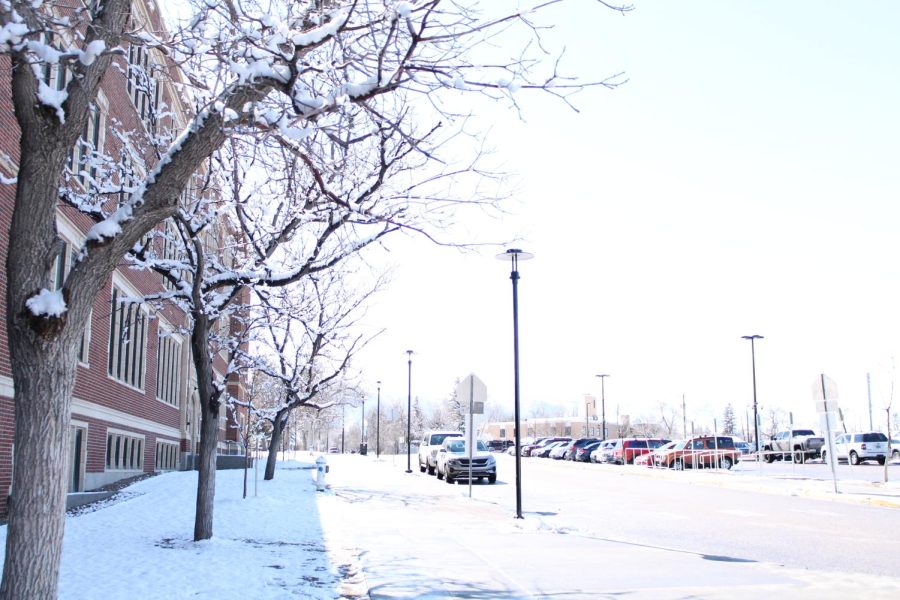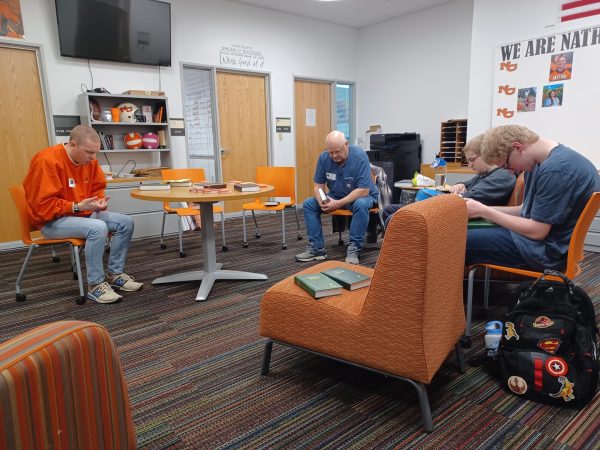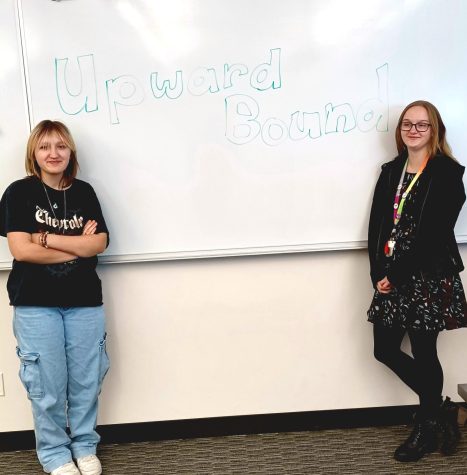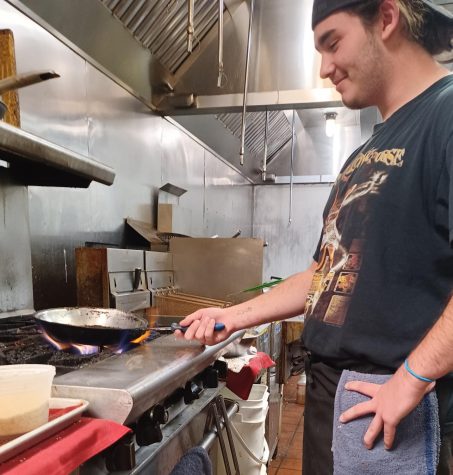Harsh weather tests new student drivers
Snow blankets the campus of NCHS after a recent winter squall. Icy roads and parking lots are especially challenging for young drivers just learning to negotiate traffic and slippery surfaces.
March 17, 2022
With bad weather rolling in, many new drivers have struggled with navigating in Wyoming’s harsh and icy conditions. Many drivers can confirm first hand that this weather can make it challenging for everyone to drive safely. This especially applies for students who are only approaching their first or second year behind the wheel.
With ice and snow on the roads the risk of hydroplaning or losing control of your vehicle largely increases and so does the chance of being in an accident. According to the Federal Highway Administration, “Every year, nearly 900 people are killed and nearly 76,000 people are injured in vehicle crashes during snowfall or sleet.” With so many injuries it is reasonable to be worried about driving in these conditions.
Mr. Propp, a Driver’s Education instructor at Natrona County High School, strongly believes in the importance of teaching new drivers how to drive carefully in these harsh conditions. He states “Nearly everyone seems to return to school feeling successful and more confident, even if they had some failures along the way.” Driving in these conditions can be scary but it’s an important tool to have. Joey Tholl, a sophomore taking Propp’s class, states “I think Driver’s Education has definitely helped me think about ways to maneuver in snowy environments and helped me gain experience.”
Students looking to expand their knowledge with driving in snowy weather should know that driver’s education courses can be a good investment. Some insurance companies offer discounts to new drivers that show they’ve passed a driver’s education course.
Mr. Propp recommends creating extra time and space along with communicating often and early. By giving yourself more time in your routine, you can slow down and focus on safe driving instead of rushing. Also, once you are on the road, it’s important to give yourself a longer following distance between you and the cars around you. There is always a chance of sliding or unexpected swerving. Lastly, anything can happen in these conditions. It’s always important to communicate to someone where you are going and when.











